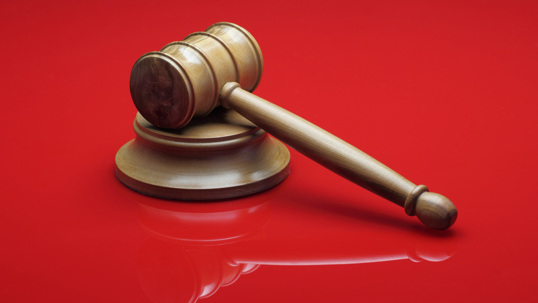

As mentioned in my previous article What in the World is “Litigation”: A Complicated Staircase, one of the steps in the process of a lawsuit is the Discovery Process. This is when the parties seek information from each other that is relevant to the claims in the lawsuit.
Discovery can include interrogatories, requests for admissions, and requests for production. Interrogatories are written questions that ask the other party questions about the case. These are likely to be open-ended questions that may require explanations and ask for particular information. One common question is to ask the other side what evidence they plan to rely on in support of all the claims and defenses. It is important to know the law applicable to the case because some jurisdictions do not limit the number of questions and others do.
Requests for admissions are straightforward questions to the other party. These questions should be carefully crafted and ask the other side to either admit or deny some fact or other relevant aspect related to the case. There can also be some very simple questions that seem redundant or obvious but are important to just get out of the way. Some of these requests may also ask the other party to admit exact accusations that were in the complaint, but others may go deeper into the details of the case.
Requests for production are when the other side asks for documents and other tangible evidence, including electronically stored information like emails and social media messages. Much of the evidence obtained will be the evidence used in the case as it moves up the staircase and possibly at the eventual trial. The parties can also get documents and other evidence, like phone records, from companies and people that are not parties to the lawsuit at all.
It is important to note that, in some cases, the documents and other responses to requests and the subpoenas can be overwhelming and be in the hundreds of thousands in a complex case. The costs of a lawsuit ramp up a bit due to the time it takes to sift through the production. Some law firms use an electronic database and upload the documents in order to keep them organized. Others may have large rooms full of boxes and boxes of documents that may have been delivered by semi-truck. Either way, it could be a long process and requires a bit of patience.
Another step in the discovery process is a deposition. The deposition is where each side can have a chance at getting live testimony from a party or non-party who is under oath. It is usually done at a law firm and a court reporter and possibly a videographer may be present to take down word-for-word what is said. For information on what a deposition is and what it is for, you should read The Six Purposes of the Deposition.
The Discovery Process is, if you can’t tell, a complex maze of decisions that can be complicated and change the results of the entire case. If you need assistance through the process, contact an experienced litigation attorney at Goosmann Law Firm in Sioux Falls, Sioux City, or Omaha today.